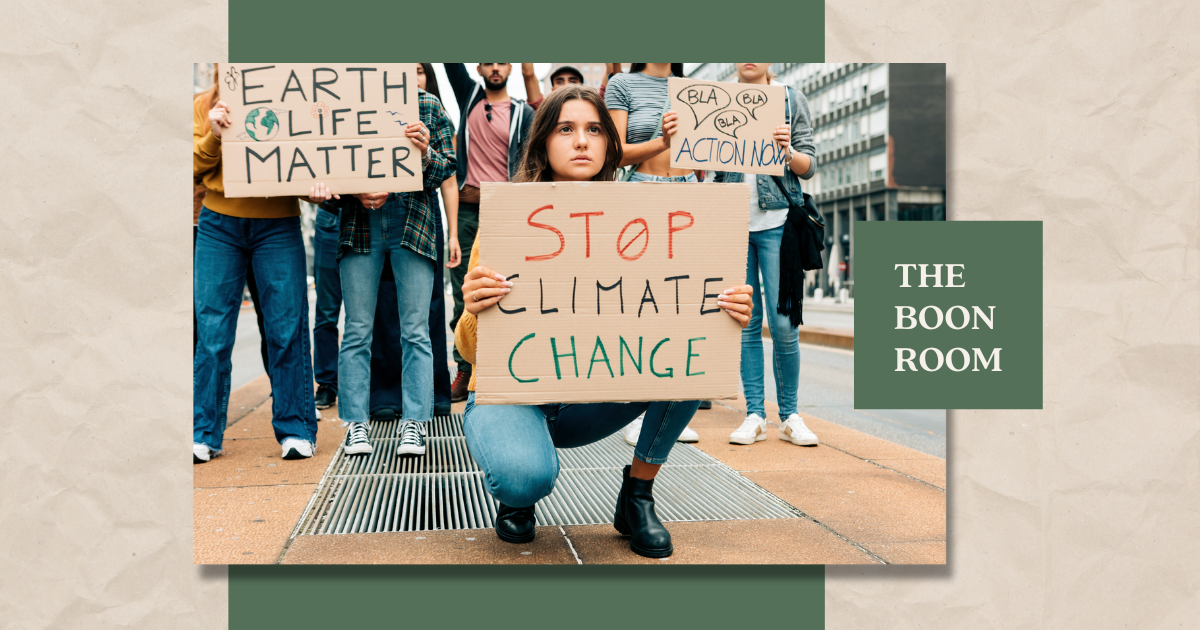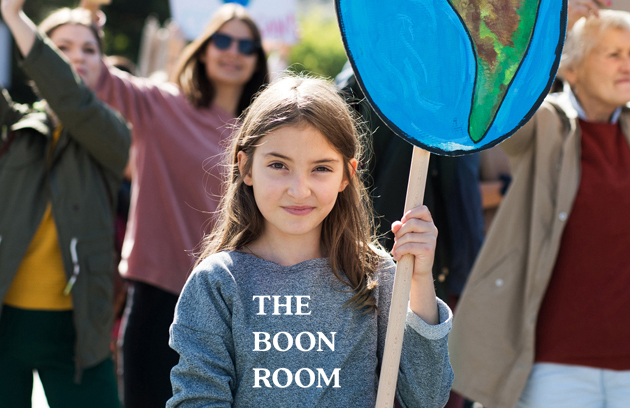Climate change has been discussed for years and has traditionally been a subject of much contention. Citizens and government officials alike avoid taking responsibility for the incremental shifts in weather patterns and temperatures that affect life here on Earth, but science demonstrates that we are already experiencing repercussions. As we start to think about the future of generations to come, we must consider how to stop climate change.
Change is not easy, especially when it involves many other people who may not believe climate change is a real issue. As a result, we typically look to our governments to elicit and enforce major changes. However, real change can also happen with small steps taken by everyday people. We all contribute to climate change, and to see solutions, everyone must commit to living just a little bit differently for long-lasting benefits. Let’s examine some actions that people can take at the community level to address climate change.
How to Stop Climate Change as a Community
Individual actions can cause a ripple effect that elicits change in others. Whether you are searching for ways to address climate change within your community or actions you can take as a community group, there are several options you can consider. These are strategies you can use at the community level to try to stop climate change before it becomes irreversible.

Develop Sustainable Commuting
How we travel is a major contributor to the climate change issue. Americans rely heavily on vehicles that consume fossil fuels that require extraction and transport, requiring more fossil fuels. Vehicles powered by fossil fuels also emit greenhouse gasses on a consistent basis, impacting our air quality and the health of the planet. On a larger scale, many car manufacturers are making changes to address how their products contribute to these issues. As a result, more hybrid and low-emission vehicles are now on the market.
When it comes to addressing emissions at the community level, it’s all about how people commute. Depending on where you live, you may already have access to buses or trains that travel through the area. Using these systems, or choosing to walk or bike, can help reduce emissions, which is better for the environment. If these options are lacking or completely unavailable, it is up to the people of the community to demand change from their local government. Advocate for improved commute options that can benefit everyone.
Address Home and Business Energy Use
Considering ways to go green in your own home can ensure you are doing what you can to address climate change. Our consumption of energy is high and will continue to grow if we don’t take steps to stop it. When it comes time to replace appliances in your home, consider choosing upgrades that are energy-efficient. Not only are these options better for the environment, but they often help reduce your monthly utility bills. You can also choose to swap out your light bulbs for LED lights to take a small step towards better environmental options.
Another way to address the energy you use at home or within your business is with alternative energy sources like solar power. For homeowners and commercial property owners alike, switching to solar can make a positive change for your community. Unlike fossil fuels that have a time stamp and ever-increasing prices, the sun is an excellent source of quality power. For individuals interested in adding solar options, there are a number of rebate opportunities on the local, state, or national level. Community solar gardens are another great option and are worth further exploration for areas that want to stop climate change in its tracks.
Use Green Building Techniques
Retrofitting your current home or business is a great way to address your energy use and emissions without using more resources. Using or repurposing the buildings we already have can be a key way to avoid creating more emissions and waste. However, when older buildings are simply too dangerous to either the environment or the people who occupy them, we must create new homes and commercial buildings with climate change in mind.
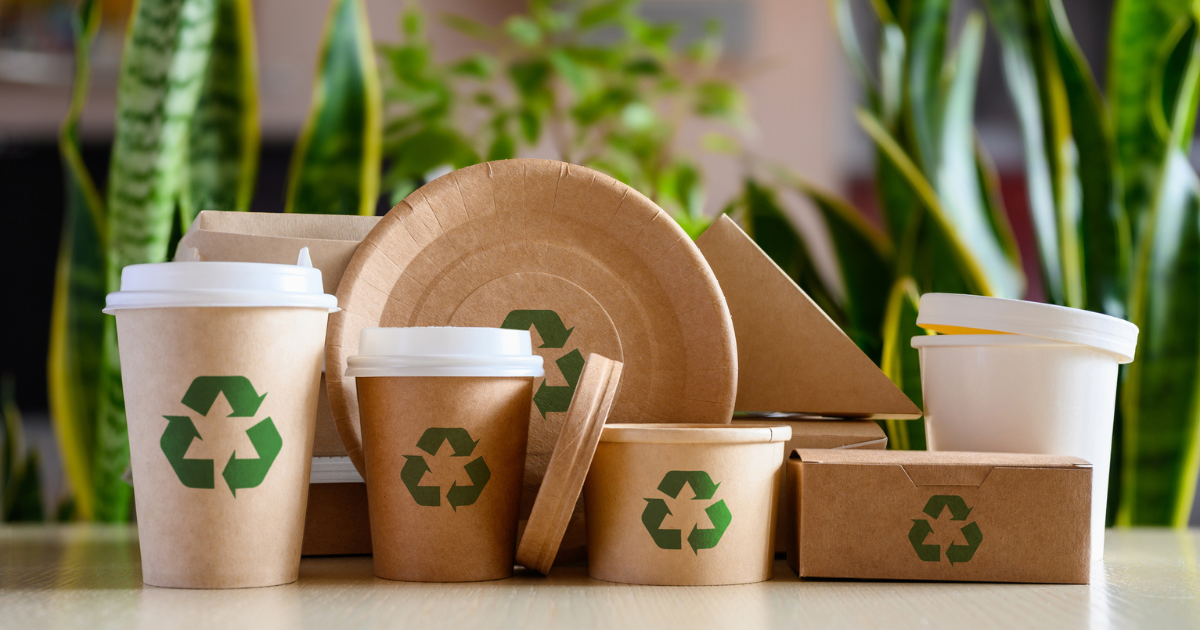
As a larger community, it’s time to push for green building techniques. Designing and building new residential and commercial properties that are purposefully energy-efficient and climate-friendly can make a significant impact on our consumption of energy and the production of harmful emissions. Fortunately, with advancements in technology, building green is more affordable and accessible than ever before.
Address Consumption and Recycling
It should come as no surprise that we produce more waste than we can handle. Not only are landfills overflowing, but there are floating islands of trash in the ocean, both of which cause untold harm to humans and wildlife alike. Reducing your consumption can drastically help in the ongoing efforts to work with the environment, not against it. This is an aspect of change that the entire community can get behind.
Another key way to address the waste we do produce is to give people better access to ways to recycle it. This can include establishing more recycling opportunities for residents as well as within businesses, schools, apartment buildings, and in public. The greater community must provide resources to make participating in recycling easier for residents of all kinds.
Composting is another great way to turn waste into something useful and can be done residentially as well as commercially. Consider how much food is prepared on a consistent basis in restaurants in your community; this is a significant amount of waste that can be used to create green fertilizer or animal feed. Speak to your local representatives about developing a composting program and extending the resources for recycling.
Make Healthier Food Choices
While, at first glance, it doesn’t seem like changes in your diet will have much impact on climate change, consider the manufacturing, production, and waste involved with our food choices. For example, the production facilities and transportation required to get industrial meat to your grocery store far outstrip that required to get the same amount of pea and nut protein to your doorstep.
You don’t have to cut out meat entirely, but eating less meat and more plant-based foods can help reduce the emissions created in the manufacturing process. This could be something as simple as participating in Meatless Monday; these simple swaps are key in helping to stop global warming.

In addition to what you can do as an individual, restaurant owners can also do their part to support greener living. To-go containers, eating utensils, and drinking straws are often made with plastics that are non-recyclable. This means that these convenient containers can spend years in a landfill. There are affordable options for restaurant owners when it comes to biodegradable straws, containers, and utensils, and making this switch can help the environment and help you promote your business.
As a larger community, holding an ongoing Farmer’s Market can be another great way to reduce waste, support local businesses, and extend access to higher-quality produce. Farmer’s markets skip the middleman and allow growers to sell directly to the consumer, eliminating the bulk of the emissions created by trucking food across the country. This helps encourage individuals to get what they need for the week locally, reducing waste and keeping the local economy strong.
Participate in Flea Markets and Clothing Exchanges
Hosting a community-wide market or clothing exchange can be beneficial to the environment. The fashion industry is one of the most environmentally impactful industries on the planet, creating a significant resource burden in the production, manufacturing, and transportation stages.
Fast-fashion trends may be cheap, but so is purchasing clothing from a consignment store or participating in a clothing exchange. Quality, well-cared-for clothing can last for years and can be repurposed into new outfits and designs. Instead of buying new clothing that will find its way into a landfill in a few short years, recycling what is already available is much more sustainable.
The more connected a community can be, the easier it becomes to choose sustainable options. Community social media pages can help individuals connect and exchange tools, equipment, clothing, furniture, and everything in between. This not only saves money but it helps develop sustainable practices with ease.
Push for Green Spaces
Depending on where you live, you may be a short walk or a long drive from nature. When considering ways your community can help stop global warming, sustainable community-led urban renewal projects are a great place to start. These projects are the perfect opportunity for the community to come together and push for real change. Green spaces can include community gardens, parks, and recreational centers.
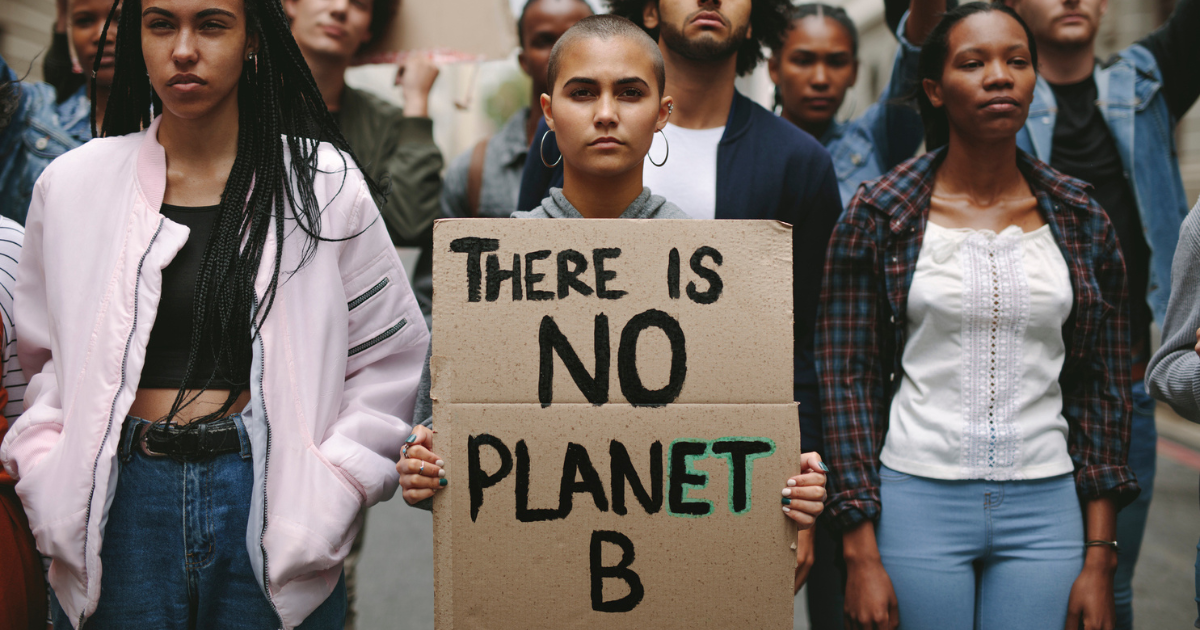
How to Persuade Others to Commit to Climate Change
Of course, all the ideas we’ve provided are great on paper but need real support to be properly implemented within your community. Community change is truly achieved when like-minded individuals are willing to educate, inspire, and push for change on a local level. As a community, it is vital to remember that the people of that community are the ones that can make true change happen.
So, how can you get change started in your community? Here are a few suggestion:
Speak Up
If you want to be involved in creating change, speak up! Don’t be afraid to tell companies how important it is for them to minimize waste and become more energy-efficient. Go to forums at your local level that are open to the community, and make sure your voice is heard. You’ll be surprised how many others feel the same way you do.
On an interpersonal level, normalize the conversation about the environment and sustainability. There is no reason this topic should be taboo for fear of upsetting someone else. We should all be concerned about the future of our planet.
Campaign
We live in a consumer-based society that often wants more than we can use as conveniently as possible. This mentality is detrimental to the lasting health of the environment. Taking the time to educate and inspire members of your community to make behavioral changes can have lasting effects. This includes demonstrating how changing daily routines and swapping out one behavior for another can make a difference. Significant impacts aren’t expected overnight, but even the smallest change can help.
Organize
Is your community lacking representation for green incentives and sustainability movements? Create them! We need to be able to work together to create real change. Consider starting a green group within your own community. Together, you can volunteer for local non-profits, organize or participate in community events, and so much more. Spreading the word, gaining the support of others, and using that momentum to elicit change can make a significant community impact.
Take Political Action
At a local, state, and national level, one of the best ways you can make an impact is by pushing for political change. Decision-makers create, change, and eliminate policies that can directly impact the success of global warming incentives, and these elected officials need to hear from the people they represent. Political action can take many forms, such as voting for leaders who have voiced climate concerns and demonstrated effort for change, signing climate action petitions, and attending events to increase visibility.

Youth and Climate Change
Today’s youth are more aware than those who came before them of climate change, particularly their own contributions. Their future is the one at stake when it comes to the long-term repercussions of environmental issues, and this knowledge has pushed many of the younger generations to make their voices heard. Whether that means participating at a local community meeting or advocating for green practices before a governing body, as the group with its future in jeopardy, youth voices hold a great deal of sway.
If this doesn’t describe the youth in your community, the time to encourage participation in climate change control efforts is now. No matter a person’s age, they have the ability to make significant changes for their community. This can include hosting school assemblies and events that promote sustainability or participating in community outreach activities.
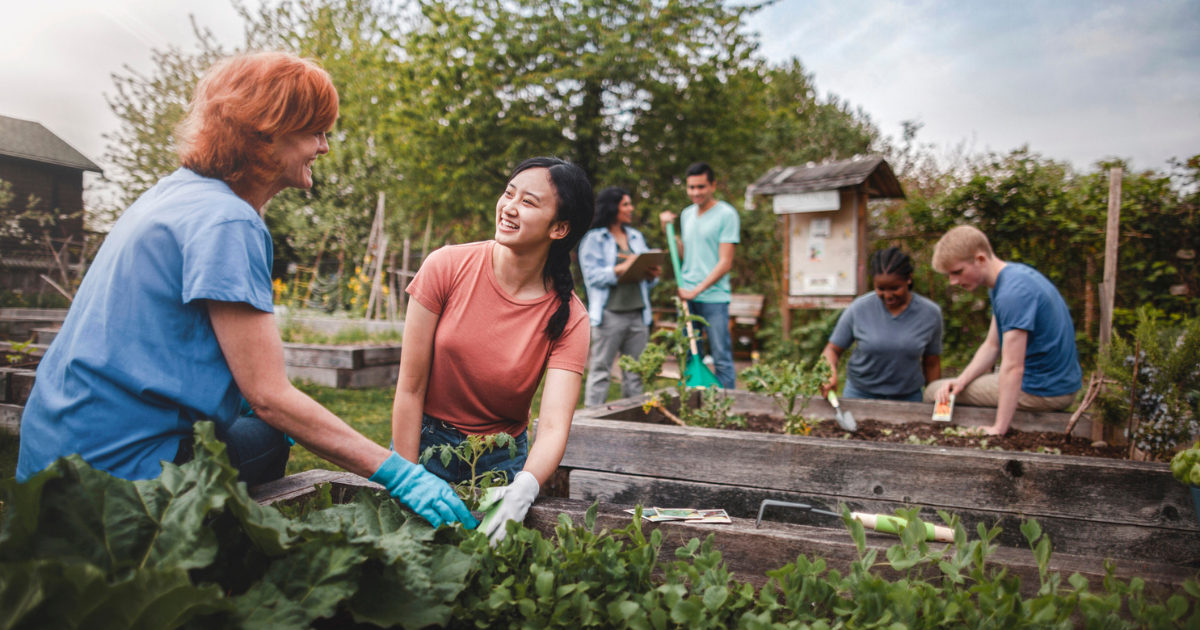
Stop Climate Change as a Community
Vital climate change actions can take place right now at every level of our society. While there is so much you can do as an individual to support this movement, real change comes when you get entire communities involved. To do so within your community, be a voice for change – organize events, push for sustainable options, and encourage the members of your community to take part in securing the best future possible for our youth.
The Boon Room is a platform committed to raising awareness and providing tips for living more sustainably. To learn more about ways your community can make a difference, sign up for our newsletter or contact us for information.
Jenny Weatherall is the co-owner and CEO of Eminent SEO, a design and marketing agency founded in 2009. She has worked in the industry since 2005, when she fell in love with digital marketing… and her now husband and partner, Chris. Together they have 6 children and 3 granddaughters.
Jenny has a passion for learning and sharing what she learns. She has researched, written and published hundreds of articles on a wide variety of topics, including: SEO, design, marketing, ethics, business management, sustainability, inclusion, behavioral health, wellness and work-life balance.
